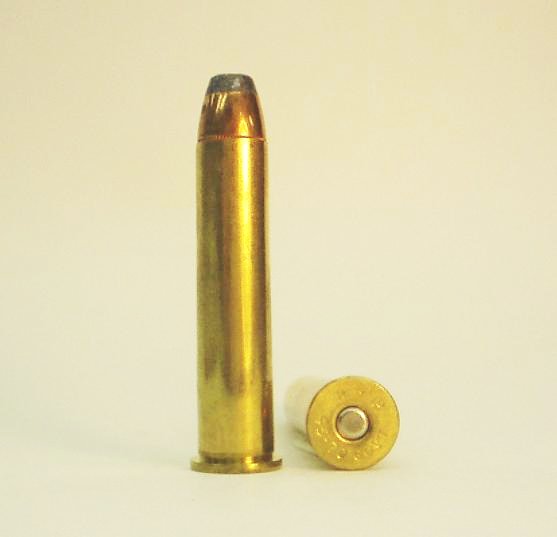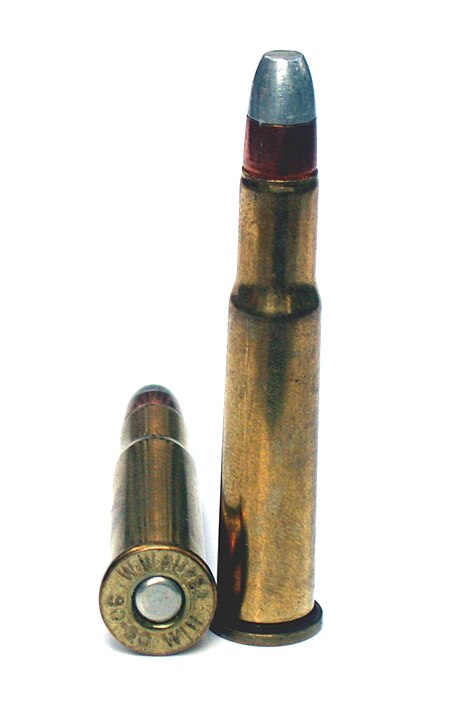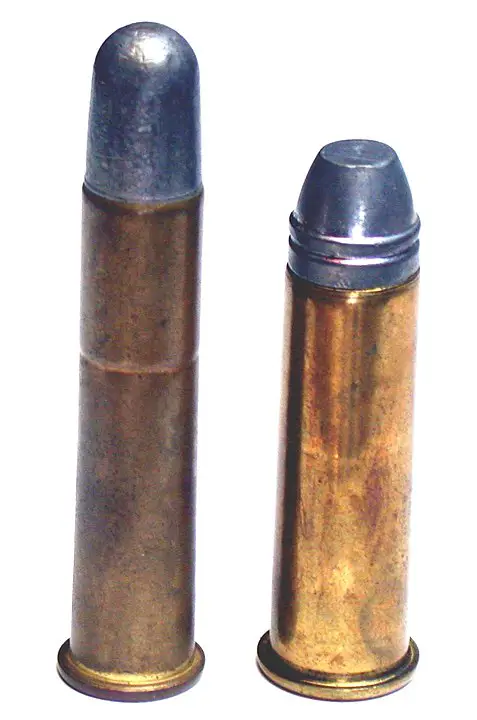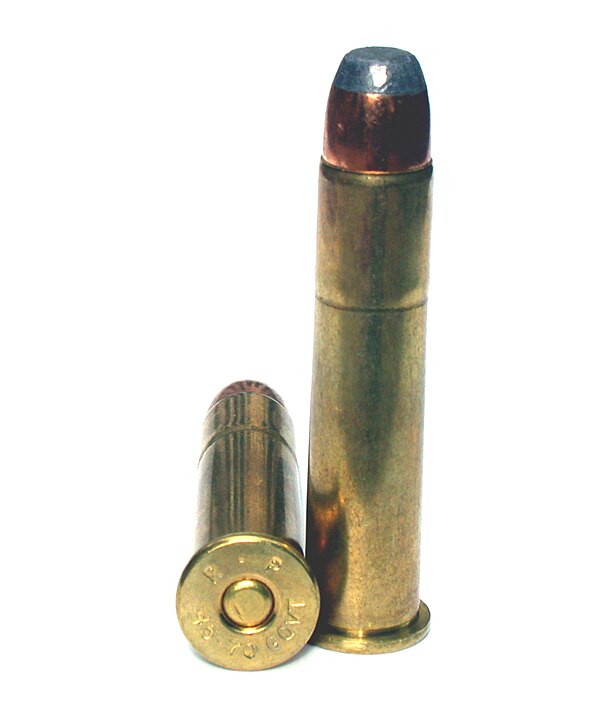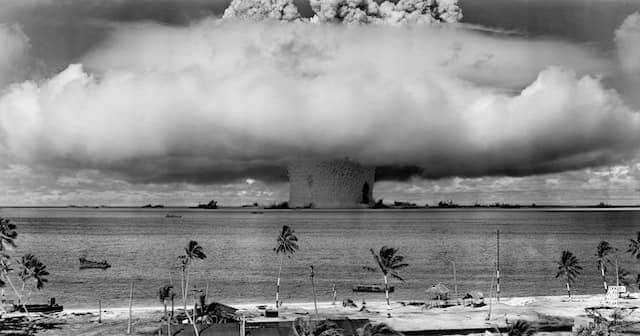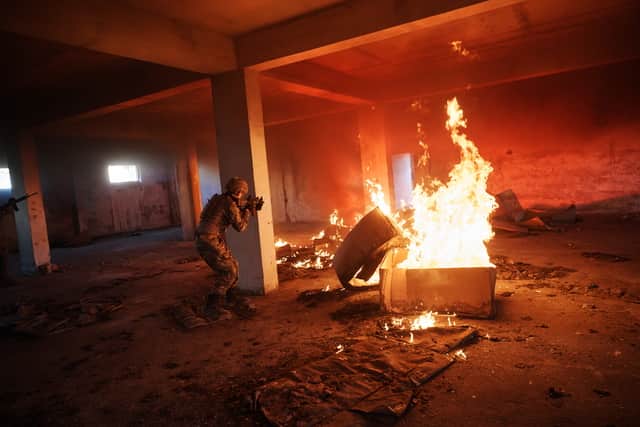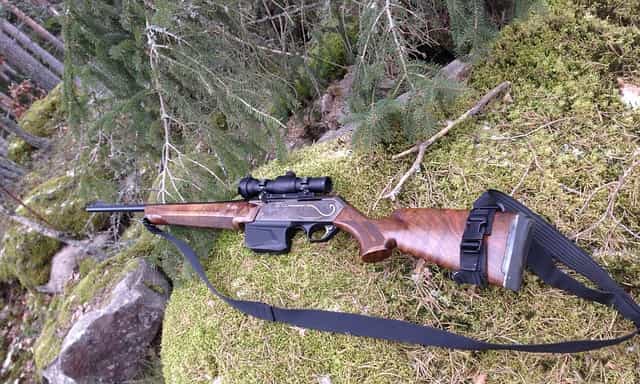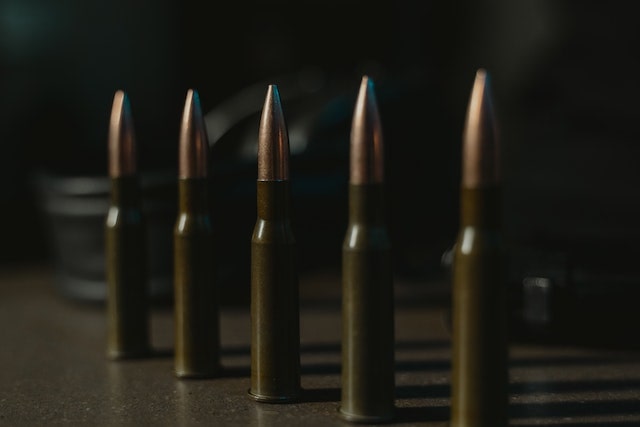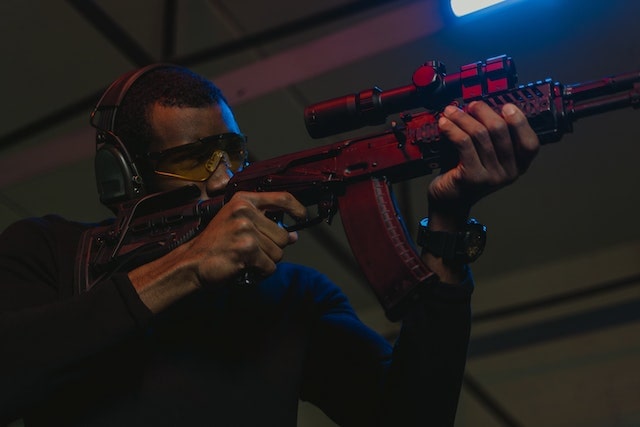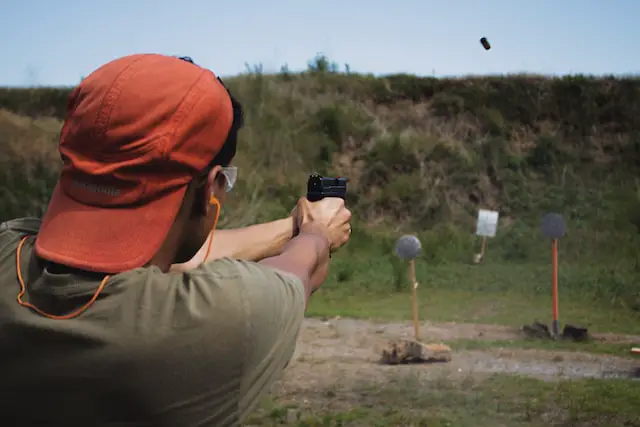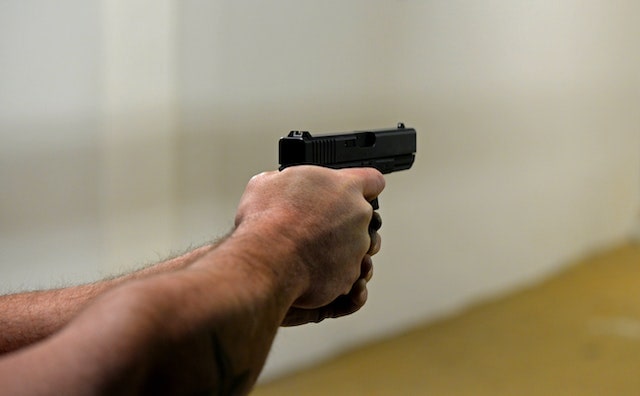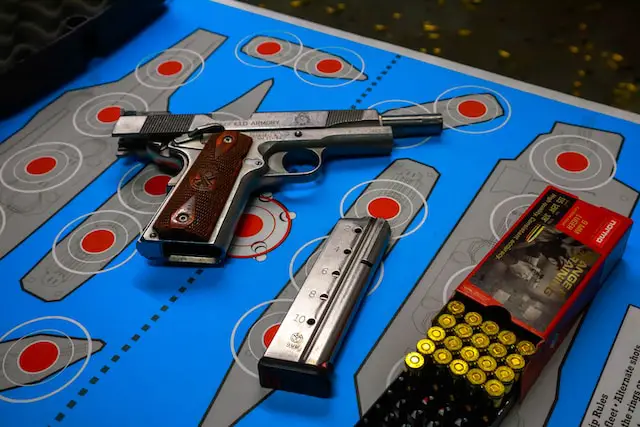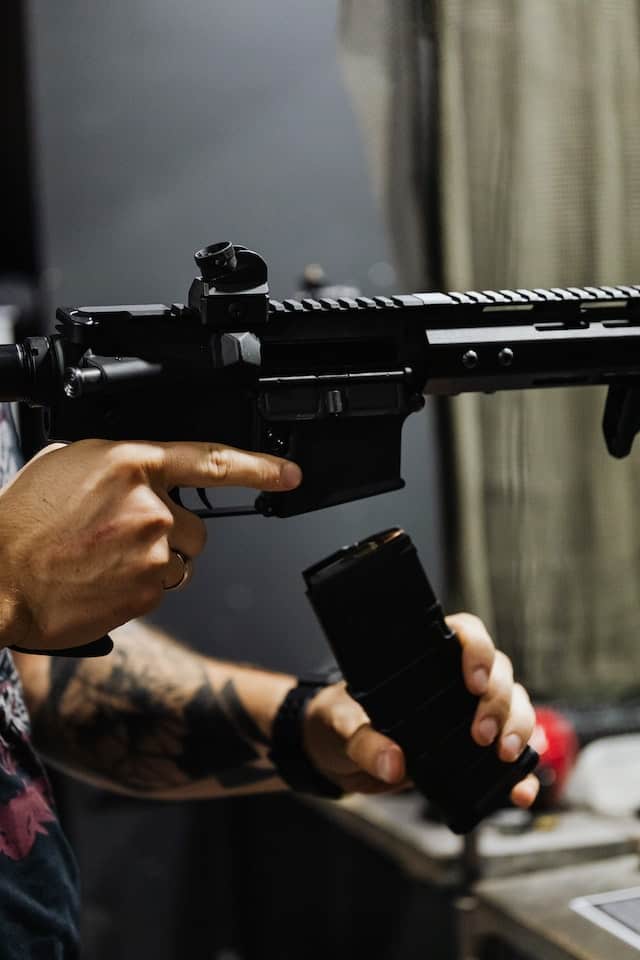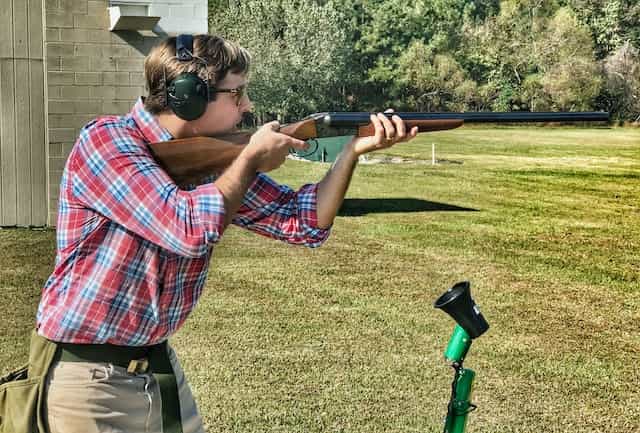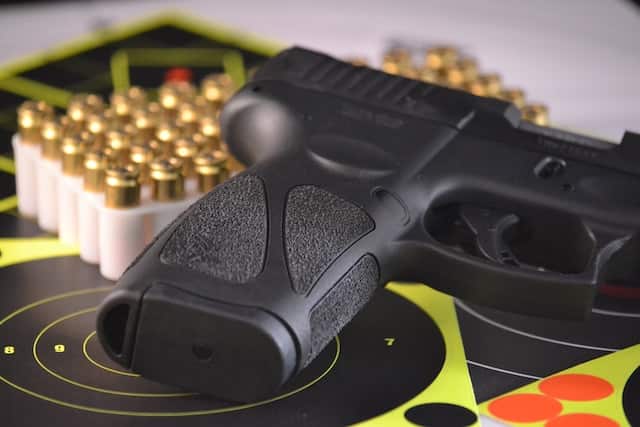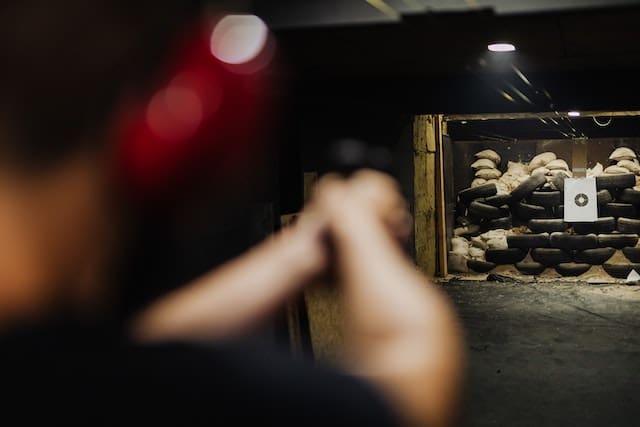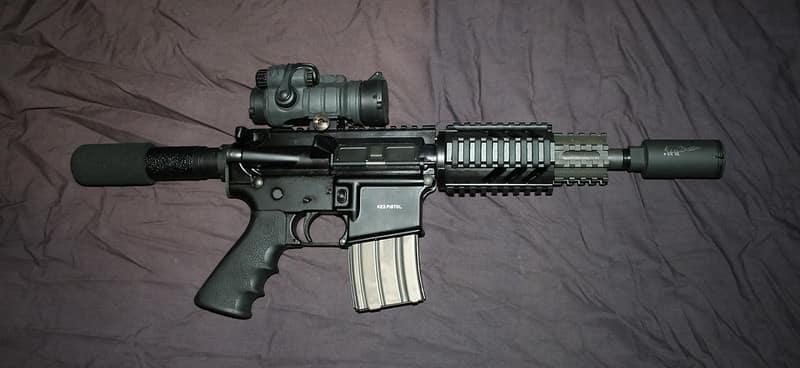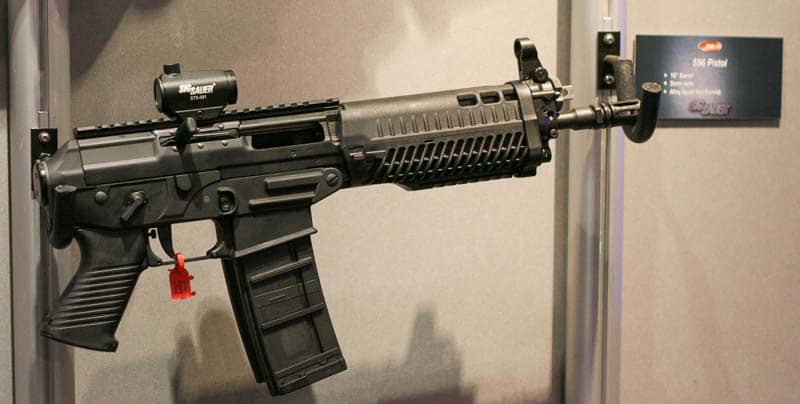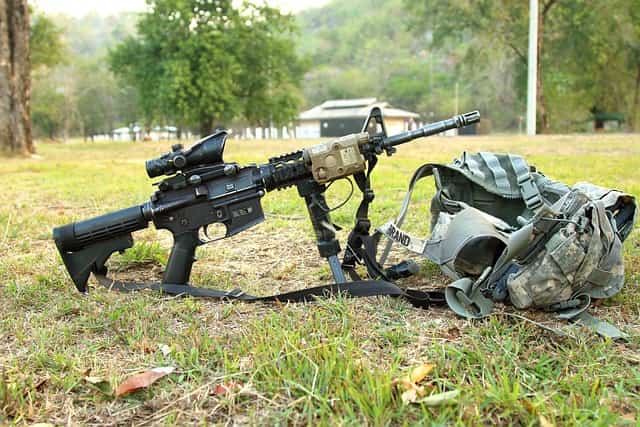
When it comes to selecting the right cartridge for your AR-15 platform, two popular choices are the .458 SOCOM and the .50 Beowulf. Both rounds are designed to provide increased stopping power and improved accuracy over standard 5.56 rounds. But which one is the better choice? In this article, I will compare the .458 SOCOM and the .50 Beowulf to help you make an informed decision.
The .458 SOCOM was developed by Marty ter Weeme of Teppo Jutsu in 2000 as a way to provide increased stopping power for the AR-15 platform. It uses a .458-inch bullet and can be loaded with a variety of bullet weights and styles. The .50 Beowulf, on the other hand, was developed by Alexander Arms in 2001 and uses a .50-inch bullet. Like the .458 SOCOM, it is designed to provide increased stopping power and improved accuracy over standard 5.56 rounds. In the following paragraphs, I will compare the two cartridges in terms of ballistics, recoil, and availability.
Ballistics
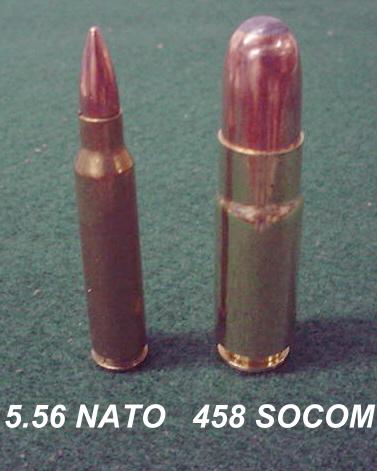
Recoil
When it comes to recoil, both .458 SOCOM and .50 Beowulf are known for their heavy kick. However, in my experience, the .50 Beowulf has slightly more recoil due to its larger bullet diameter and heavier bullet weight.
Trajectory
In terms of trajectory, the .458 SOCOM has a flatter trajectory compared to the .50 Beowulf. This is due to the .458 SOCOM’s higher ballistic coefficient and faster muzzle velocity. However, both cartridges experience significant bullet drop at longer ranges.
Stopping Power
Stopping power is a subjective term, but both .458 SOCOM and .50 Beowulf are known for their ability to take down large game at close to medium ranges. The .50 Beowulf has a larger bullet diameter and heavier bullet weight, which can result in more damage upon impact.
Accuracy
Accuracy is dependent on many factors such as bullet weight, bullet shape, and barrel length. However, in my experience, both cartridges are capable of producing accurate shots at close to medium ranges. The .458 SOCOM has a higher ballistic coefficient and faster muzzle velocity, which can result in slightly better accuracy at longer ranges.
Energy
When it comes to energy, both .458 SOCOM and .50 Beowulf are capable of producing significant amounts of energy upon impact. However, the .50 Beowulf has a larger bullet diameter and heavier bullet weight, which can result in more energy transfer upon impact.
Overall, both .458 SOCOM and .50 Beowulf are SAAMI certified cartridges that are capable of delivering significant stopping power and energy upon impact. The choice between the two cartridges ultimately comes down to personal preference and intended use.
Availability
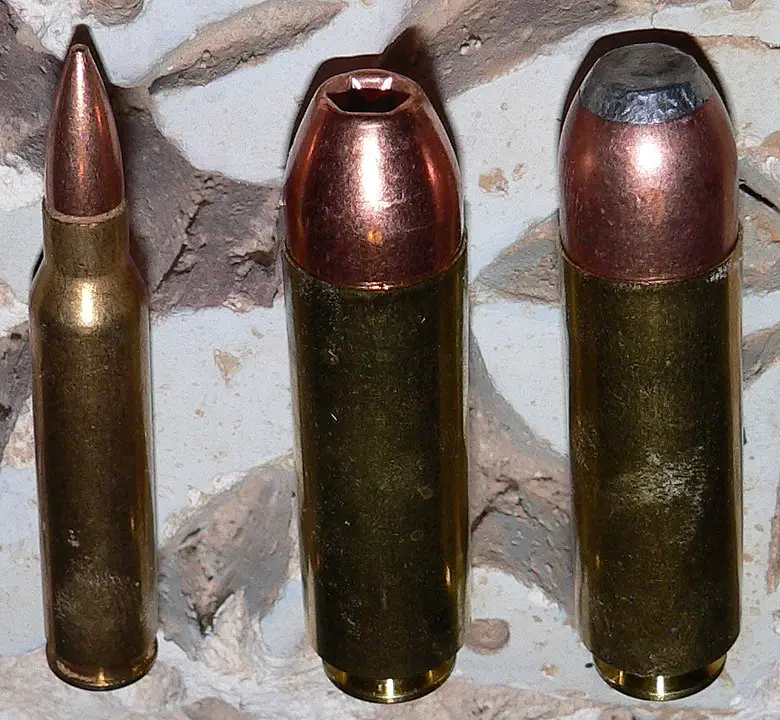
Cartridges
When it comes to availability, both .458 SOCOM vs .50 Beowulf cartridges are not as widely available as some of the more popular cartridges like .223 or .308. However, both cartridges can be found in most gun stores and online retailers that specialize in ammunition.
Market
In terms of market availability, both cartridges have a growing following, but .458 SOCOM seems to have a slightly larger market share. This is likely due to the fact that .458 SOCOM has been around longer and has had more time to gain popularity. However, the market for both cartridges is expected to continue growing as more shooters become interested in big-bore AR platforms.
Price
When it comes to price, both cartridges are relatively expensive compared to more common cartridges. However, .50 Beowulf tends to be slightly more expensive than .458 SOCOM. This is likely due to the fact that .50 Beowulf uses more brass and has a larger projectile. Prices for both cartridges can vary greatly depending on the manufacturer and the type of ammunition.
In terms of factory ammo, both cartridges are available from several manufacturers, including Hornady, Black Butterfly, and Underwood. However, .458 SOCOM has a slightly larger selection of factory loads available.
Subsonic Rounds
For those interested in subsonic rounds, both .458 SOCOM and .50 Beowulf have subsonic options available. However, .458 SOCOM tends to be more popular in this regard, as it has a wider variety of subsonic loads available from different manufacturers.
Case Capacity and Max Pressure
When it comes to handloading, both cartridges have similar case capacities and maximum pressure ratings. However, .50 Beowulf tends to have slightly less case capacity and a slightly higher maximum pressure rating than .458 SOCOM.
Factory Loads
For those who prefer to use factory loads, both cartridges have a good selection available. However, .458 SOCOM tends to have a slightly larger selection of factory loads available from different manufacturers.
Uses
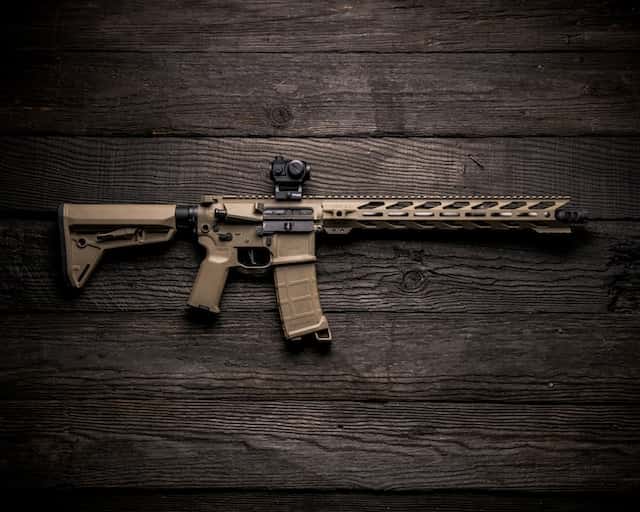
Hunting
Both the .458 SOCOM and the .50 Beowulf are excellent choices for hunting large game such as deer, elk, and bear. The wider and heavier bullets of these cartridges provide excellent stopping power and energy retention, making them ideal for taking down big game. However, it is important to note that these cartridges are not ideal for long-range hunting, as their trajectory tends to drop off quickly beyond 200 yards.
Military
The .458 SOCOM and the .50 Beowulf have both been used by the United States Special Operations Command (SOCOM) for their close-quarters battle (CQB) needs. These cartridges are ideal for situations where cover is limited, as their wider bullets can penetrate through obstacles more effectively than other rifle cartridges. Additionally, their high energy retention means that they can stop a threat quickly and effectively.
Home Defense
Both the .458 SOCOM and the .50 Beowulf are excellent choices for home defense. Their wider bullets provide excellent stopping power, and their short-barreled rifle (SBR) variants can be easily maneuvered in tight spaces. Additionally, the .458 SOCOM and the .50 Beowulf can both be loaded with hollow point or XTP bullets, which can minimize overpenetration and collateral damage.
Plinking
While the .458 SOCOM and the .50 Beowulf are not the most popular cartridges for plinking, they can still be used for this purpose. Both cartridges have a strong following among enthusiasts who enjoy shooting at targets for fun. Additionally, the .458 SOCOM and the .50 Beowulf can both be loaded with lighter bullets for plinking purposes, which can reduce recoil energies and make shooting more enjoyable.
In summary, the .458 SOCOM and the .50 Beowulf have a variety of uses, including hunting, military, home defense, self-defense, and plinking. While they may not be the most popular cartridges on the market, they both have their strengths and weaknesses and can be excellent choices depending on personal preference and specific needs.
Have you ever thought about buying ammo online?
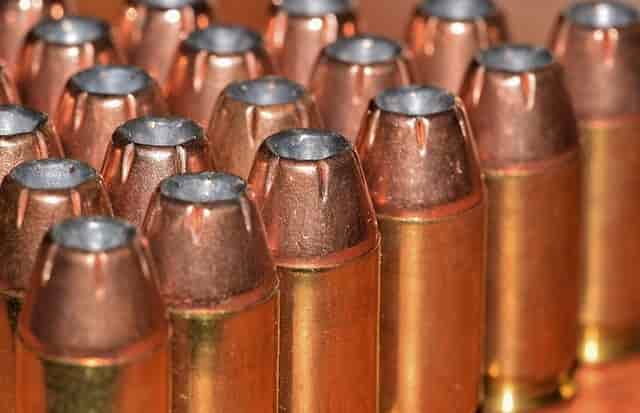
I’m telling you it’s so easy with Lucky Gunner! The ammo shown on their site is guaranteed to be in stock and will ship fast. I heartily endorse Lucky Gunner and so do their many customers.
“Okay, so far I’ve dealt twice with LuckyGunner, and all I can say is, I LOVE YOUR COMPANY!!!!
Imagine: only items in stock are advertised. Who’da thunk, eh? The more highly advertised ones – Cheaper Than Dirt, Cabela’s, et. al. – will put you on backorder forever and a day. But LuckyGunner – I ordered 500 shells of .45 ACP (hard to get in this “shortage”) – and there it was at my address. No backorders, no bull. Business as it should be.
Yes, I’m telling my friends! I’m constantly writing down your addy on bits of paper (and running out of the latter), spreading the joyous news, “No backorders! No bull! Try LuckyGunner.com, you won’t be sorry!” Thank you for being there for an ammo-starved public. And, thanks for the SUPERB customer service.”
— Walter J., Silverdale, WA —

